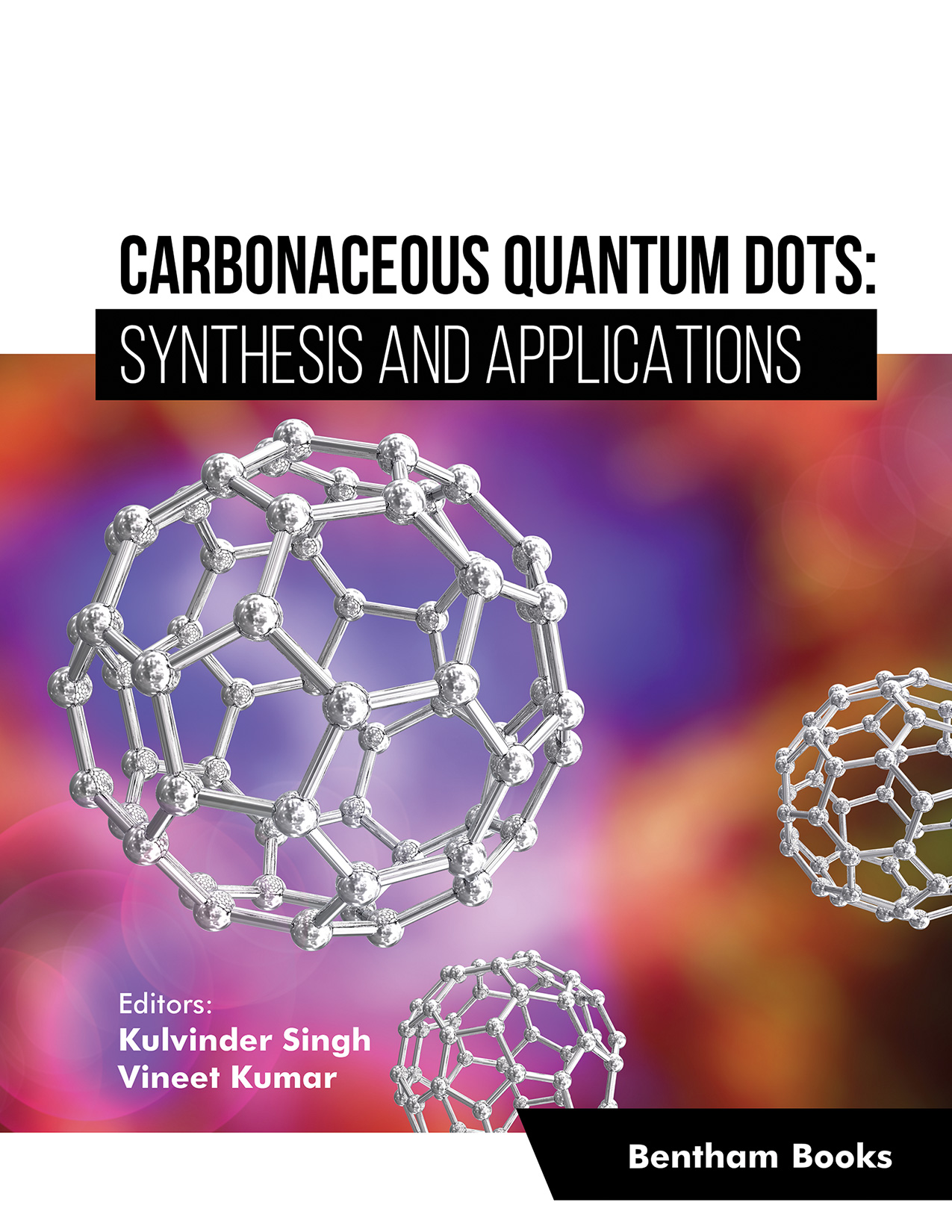Introduction
This reference is a comprehensive guide to carbon quantum/ dots (CQDs) for researchers. The book includes ten chapters that explain the synthesis of CQDs, their chemical properties and their application in the field of nanotechnology.
The content starts with a detailed introduction to CQDs, followed by the synthesis, chemical properties, and characterization of quantum dots. Subsequent chapters cover CQD application in the fabrication of biomedical materials, chemical sensing, wastewater treatment, toxicology, and energy storage. The final chapter of the book explores the future prospects of these quantum dots which gives a glimpse of new horizons in research and development.
This book provides guidance to students and researchers who require an understanding of carbonaceous quantum dots. It also serves as a handbook for professionals, researchers and students working in chemical technology sectors.
Audience: Applied Chemistry Researchers; Nanoscientists, chemical engineers

